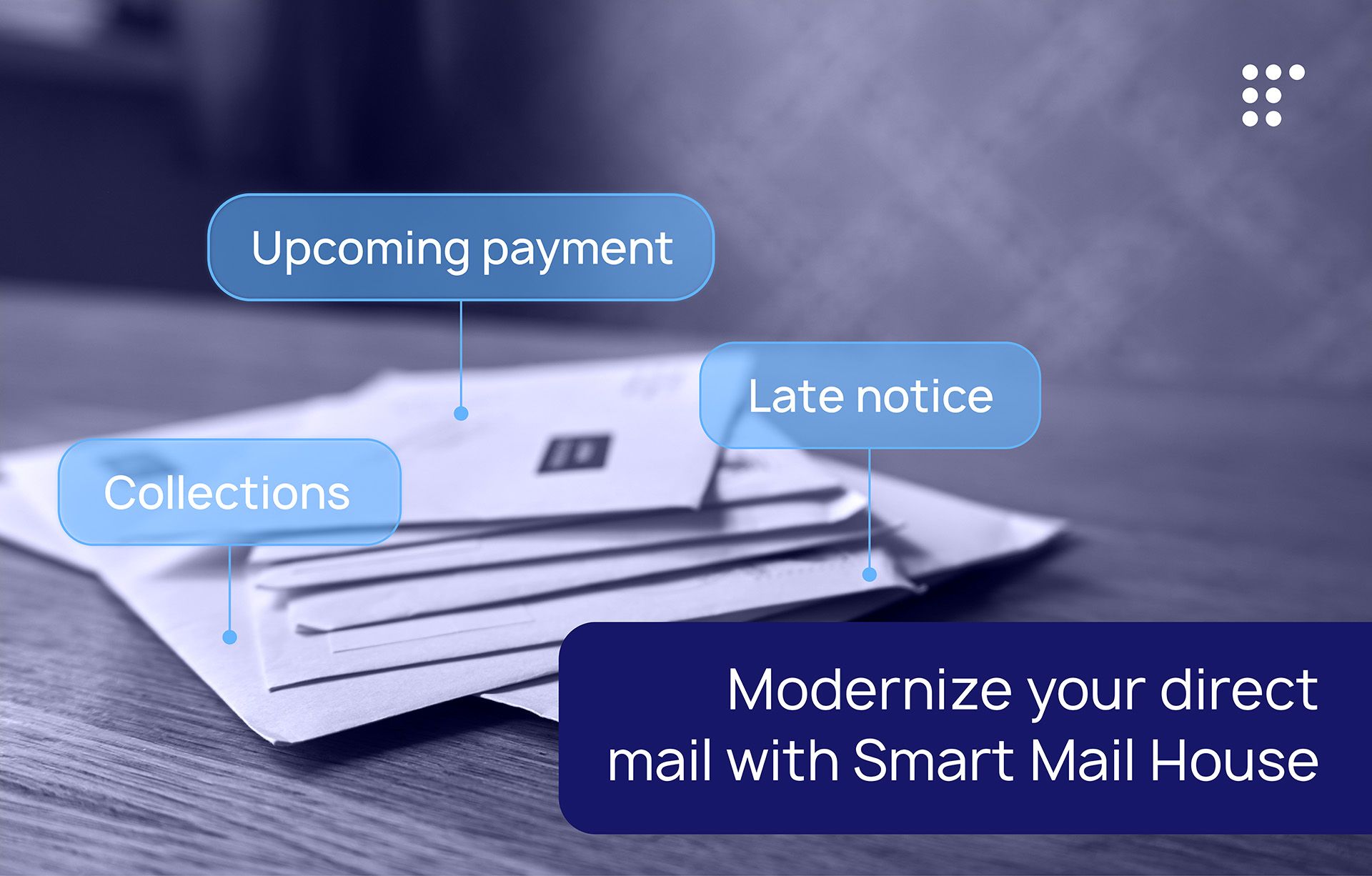Adventures in Bootstrapping
In the past year, the seemingly endless pool of investment funds dried up more quickly than almost anyone expected. This brought about far-reaching consequences. Where once a company could rely on successive funding rounds to grow their user base, many are now scrambling to cut costs and stretch each dollar as far as they can. The new financial climate has forced startups everywhere to shift focus to profitability and product market fit.
Starting and growing a company with little to no outside capital is tough. When we think of companies that bootstrapped their way to success, we often think of the little garage in Los Altos, California where Apple was born. While this may not be what every fledgling business looks like, the focus of low capital startups is the same: earning revenue from a product that fills the needs of its market.
LoanPro started with that focus. Its founders were lenders, unsatisfied with available loan management software and determined to provide the market with a better solution. Through hard work, determination, and a little luck, LoanPro has grown to successfully serve 600+ customers. Along the way, our founders learned some important lessons about how to create an effective company on a small budget. Here are the key principles to building a successful revenue stream without the benefit of outside investor funds.
Understand your problem, be curious, make data-driven decisions.
LoanPro was started by lenders, not developers. While this may seem like a disadvantage, especially in light of low funds, for LoanPro it was a huge strength. While an established company could have created a first version that was extremely pretty, its ability to solve lending problems in the way lenders experience them would likely have been lacking.
Remember how important it is to understand your market’s problems. As you seek to create a product that adds value for your market, get into the details. Looking at all aspects of the problem, identify its causes and how it manifests differently for different customers. Then, develop a solution that is not only powerful, fast, or accurate, but adaptable enough to work for these different groups.
One of the biggest questions you can ask is, “Does the data support what I’m building?” At LoanPro, this was a constant choice. Do we build support for escrow, or do we increase the speed of our APR calculator, or both? Which feature is higher priority? When deciding what to do, gathering data and letting the data guide you is the way to make the best decisions.
Ship it.
You have to ship a product. It can be tempting to wait until your product is “perfect”, but patience isn’t always a virtue. In order to earn revenue, you need to ship a product. In order to compete, you need to ship a product. In order to better understand your market, you need to ship a product. Too many projects get mired in the bog of perfection. Your product will never be perfect, and you will improve it over time. If it’s good enough, get it out the door.
Reid Hoffman, founder of LinkedIn, famously said, “ If you’re not embarrassed by the first version of your product, you’ve launched too late.”
If your goal is to create a product that fits the needs of your market, give them something and get feedback. Your first version may be heavily discounted. You may find that you spend a huge amount of time on the phone supporting your customers. In the whirlwind that is your day-to-day, remember to take note of the lessons you learn about what customers like about what you provide, whether they feel you are too expensive or too cheap, and the problems they are trying to solve that your solution does not yet address. Use the data to guide development and ship your product.
Take strategic risks on new innovation.
Starting any new venture is a risk. If it doesn’t feel risky, you likely aren’t putting in enough of your time and attention. During the day-to-day operations of any business, you will spend money in order to make money. Before you’re profitable, you understand how difficult it is to obtain every dollar. So, how do you decide what to spend your money on to ensure future success?
When taking strategic risks, make your investments in new innovation. This is easy to say, but a lot more difficult to do. When LoanPro started, it was common for software to be hosted on site. If there were web-connected aspects to software applications, they were usually hosted by an onsite server or one “rented” from a hosting service.
LoanPro invested in a cloud-first approach, and we launched our product entirely on the Amazon Cloud. This decision was made as more and more software moved online. The Cloud was clearly the future, so that’s where LoanPro wanted to build. When investing in innovation, look for signs that up and coming solutions are built not according to have things always have been, but in the way things ought to be.
This single investment in innovation determined so much about our product: how we develop it, how we sell it, what security we can offer, how customers access it, who we can compete with, and the ability to effectively solve customer problems. One good investment goes a long way.
Bend time and be creative.
The phrase “bend time” probably sounds like the solution to any number of problems. When it comes to bootstrapping, “bend time” simply means maximizing the time you have. The LoanPro founders understood this principle well. In the same way you should guard your money and invest it in what will yield value, you should spend your time on what brings results.
When maximizing your time, it’s not just about cutting out things that don’t add value, it’s about effective scheduling, doing things concurrently when you can, having a backup plan, and guarding your time jealously.
If you’re going on vacation, don’t shy away from setting up in-person meetings with prospects or contacts that live in the area where you’re headed. Review your days and your weeks regularly to make sure you have chosen the right things to do in the right order. Make sure you always understand what the next task is, and have a system for prioritizing your tasks. Don’t let other people waste your time. We’ve all experienced a meeting that could have been an email. If you allow constant drop-bys when you’re working, your day will be eaten up with lengthy conversations that could have been covered in a few sentences.
Build new products on a single platform.
Your product should be designed to solve a specific problem or set of problems. As your product matures, there will be opportunities to address adjacent problems or sets of problems. When these chances come up, remember that there will be power in creating products that are based on the same platform.
Think of the Apple platform, and all the potential jobs that Apple customers hire their products to do. Some innovators would balk at the idea of keeping so much data or dealing with so many proprietary services, but consider the customer benefit of using countless Apple products together with a seamless, integrated experience. Your products will benefit from these same synergies as you build on a single platform.
Create a circle of trust.
So many businesses experience tough times or even failure, because the core group of founders and key employees don’t trust each other. As you build a product and company, you also need to build a circle of trust. This isn’t a group of yes-men, but a group who shares the company’s core goals, guarding each other and the company as much as they guard themselves.
A circle of trust does a lot for a company’s success, but it also makes it much easier to bear the failures that will inevitably come and enjoy the successes as well. A big win that can’t be shared is nothing compared to the joy of a win that can be shared within a circle of trust. That shared success in turn fuels each of you, bringing you back to the work with renewed excitement and a unified focus.
Communicate value.
Many product-focused companies fall easily into the paradigm of what they are making and what it can do. When asked about their product, they will go on and on about features and the way the product is built.
It may be extremely exciting to you that you produce a bicycle that’s made from carbon fiber or a microchip with a 4.6 GHz clock speed. However, your customers and prospective customers want to know what your product will do for them. How will it make their lives better?
Instead of talking about the carbon-fiber bicycle frame, talk about how much farther customers can go. Let them know that if they need to carry or store the bicycle, it will be easy for them. Or better yet, tell them about themselves and how you will alleviate the annoyance they feel when they’re too tired to make it to their destination or the pride they will feel when setting a new personal distance record.
Carry the bootstrap mentality into profitability.
LoanPro is no longer bootstrapping by necessity. We have been a stable, revenue-backed company for over 10 years. We absolutely love the stability we can provide to lenders, and the opportunities we’ve had to invest in our own innovations. However, through all this, we haven’t forgotten the lessons learned during the time when capital was low. Those lessons were not only a catalyst to break out of the pre-profit phase, they shaped our company, people, and culture.
Regardless of size, we will continue to be scrappy, solve problems, and seek to provide a product that truly solves market problems. If you are fighting to create a product or build a company, we wish you luck!
This post is adapted from an address that LoanPro founders Rhett and Lloyd Roberts gave at fintech_devcon 2023, Bootstrapping to Success: 7 Principles of Building a Profitable Business.




